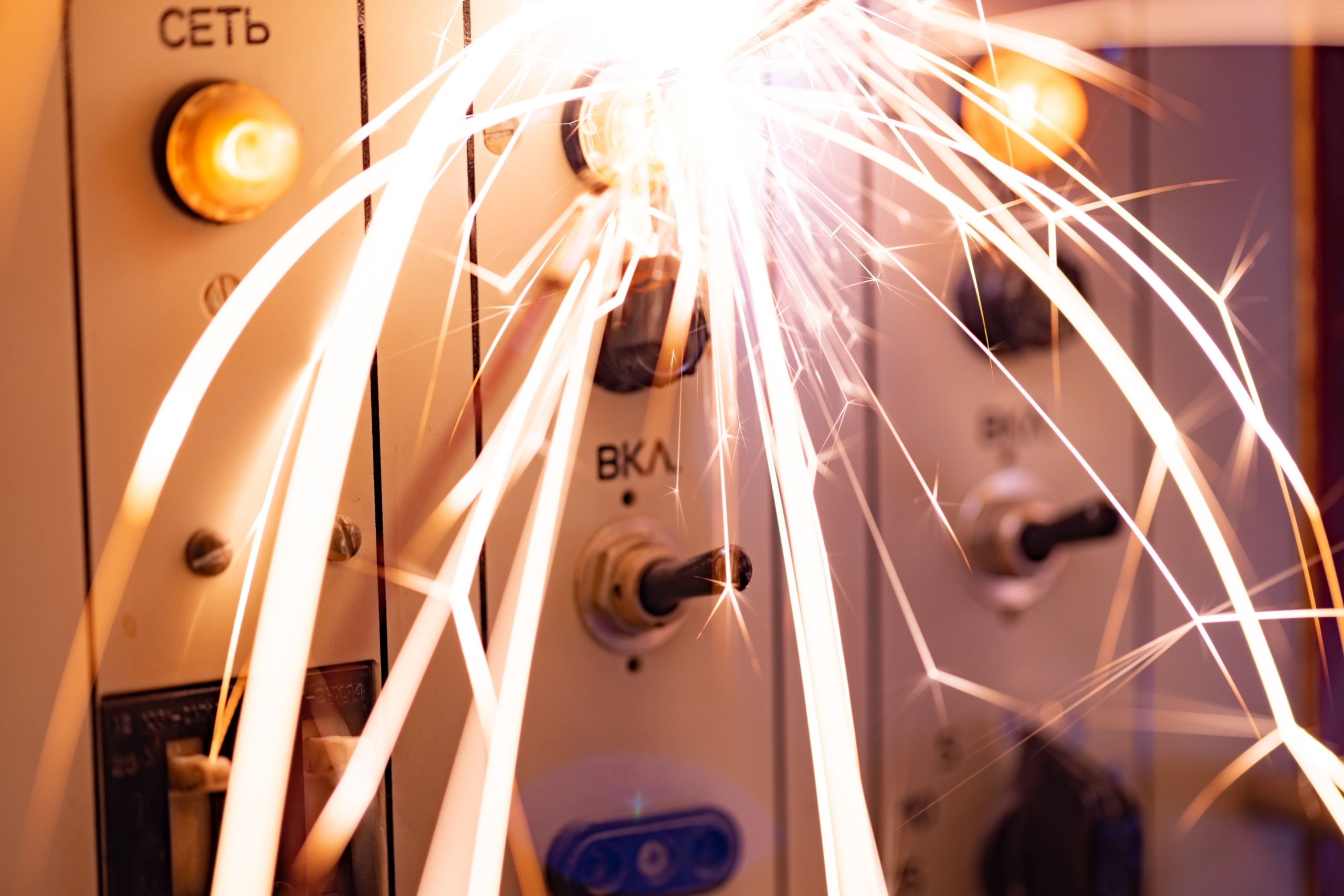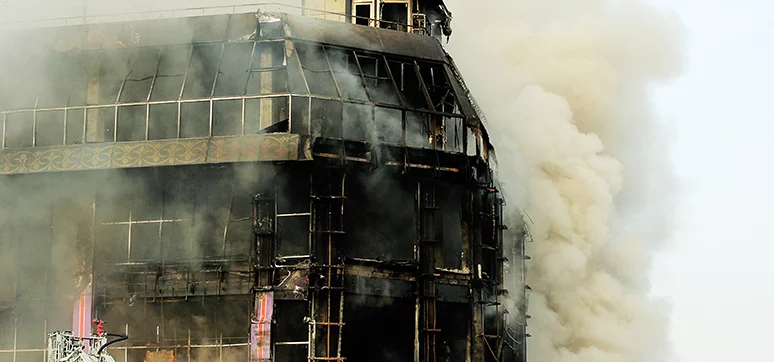Please throw some light on various materials’ reactions to fire?
The main reaction of façade /fenestration materials to fire is toxic smoke, ignitability, combustibility, the spread of flame and droplets of combustible material.
What are the parameters which define the performance of a fire-retardant material for façade/fenestrations?
The important parameters which define the performance of façade /fenestration materials are their ignitability, combustibility, and the level of toxic smoke it emits.
What are the aspects to consider while designing and installing fireproof or fire-resistant facades and fenestrations?
By choosing suitable construction materials, taking certain precautions in the construction of buildings including adequate emergency exits and installing fire alarm systems and fire extinguishers wherever necessary.
Tell us about fire-resistant materials which can be used on facades/fenestrations? How can glass be a fire-resistant material?
Fire-resistant material includes glass, silicon, and foam. Fire-resistant glass is a specially laminated glass that helps the product withstand high amounts of heat. As a result, they can prevent fire, heat, and smoke from spreading from one side of the glass to another.
Explain active and passive systems for fireproof facades/fenestrations? How can we prevent fire spreads?

The active systems are given that name because an action is required either automatic or manual to suppress a fire. Installing a fire sprinkler system, fire detection devices, smoke and heat extraction or manual fire extinguishers are some examples. Passive protection systems do not need to be activated to operate. The main elements are the materials in which the construction is built: walls, doors and glass made up of noncombustible elements.
What are fire barriers and fire stopping systems?
A fire barrier is designed to restrict the spread of fire across the building and can have a one-to-four-hour fire-resistance rating. Firestopping systems are used, in combination with a various range of materials and components, to seal joints, openings and penetrations in fire-rated resistance walls, windows, or floor systems.
The fire-stopping systems helps in:
- Limiting the spread of fire by containing it in a single compartment in its area of origin
- Slows the spread of toxic gas and black smoke
- Provides vital escape time for people during fire incidents
- Protects escape routes, building structure and critical structural members
- Minimises costs to rebuild after the fire
What is the need for fire rating requirements on the façade/doors/ windows and the exterior wall systems?
To contain the fire at the origin and let people evacuate safely and stop the fire from growing further.
What are the standards used for grading fire-resistant uPVC? Is there any fire testing done on the products?
The standards used for grading in uPVC are EN 13501-1 and BS 476 Part 7. Generally, uPVC is inherently fire retardant, slow to ignite, self-extinguishing, and has a limited flame spread compared to other materials.
Yes, fire testing is done on uPVC profiles at any NABL or BIS certified laboratories following the standards and we do Vicat Softening temperature, Flame spread, Heat reversion and Ignitability tests.














